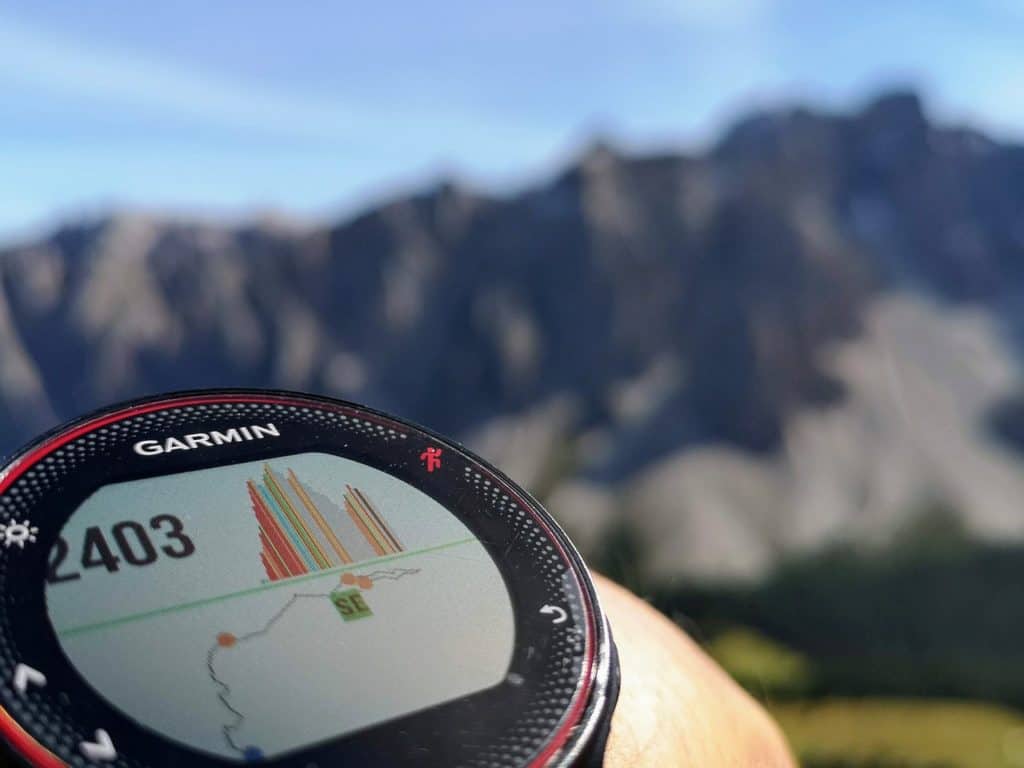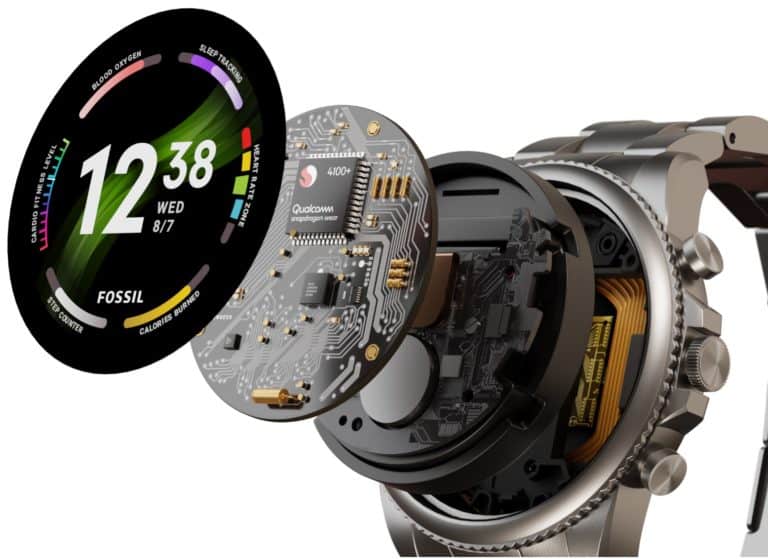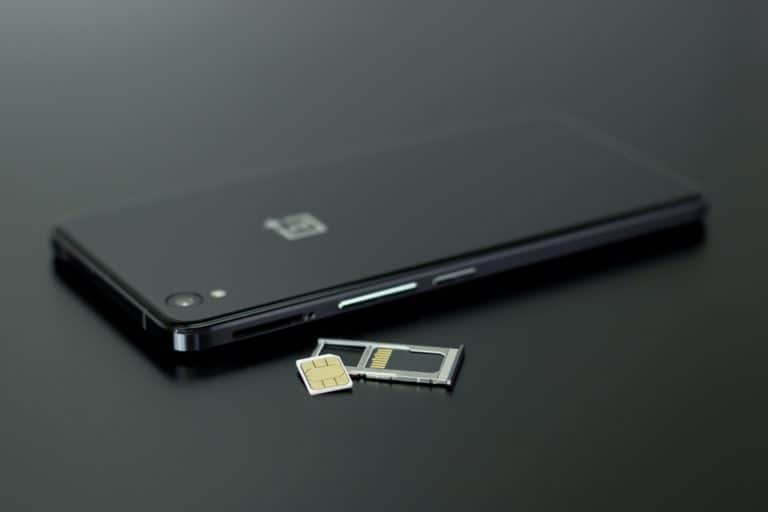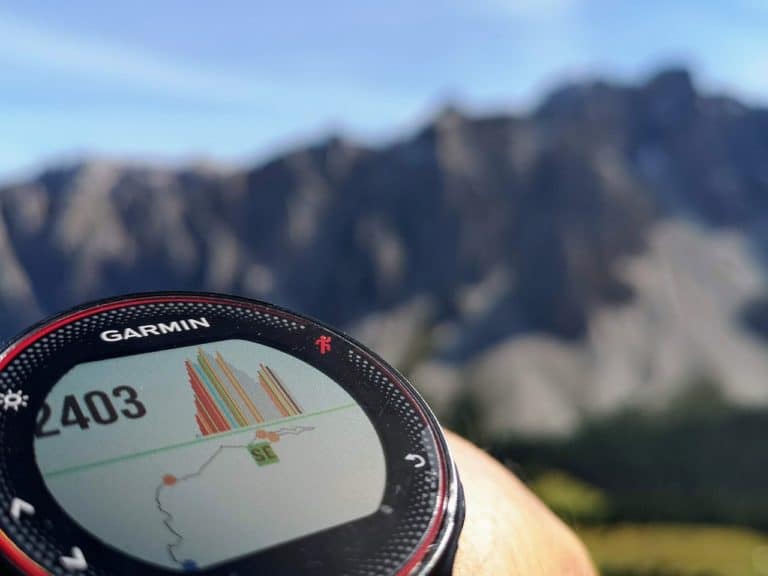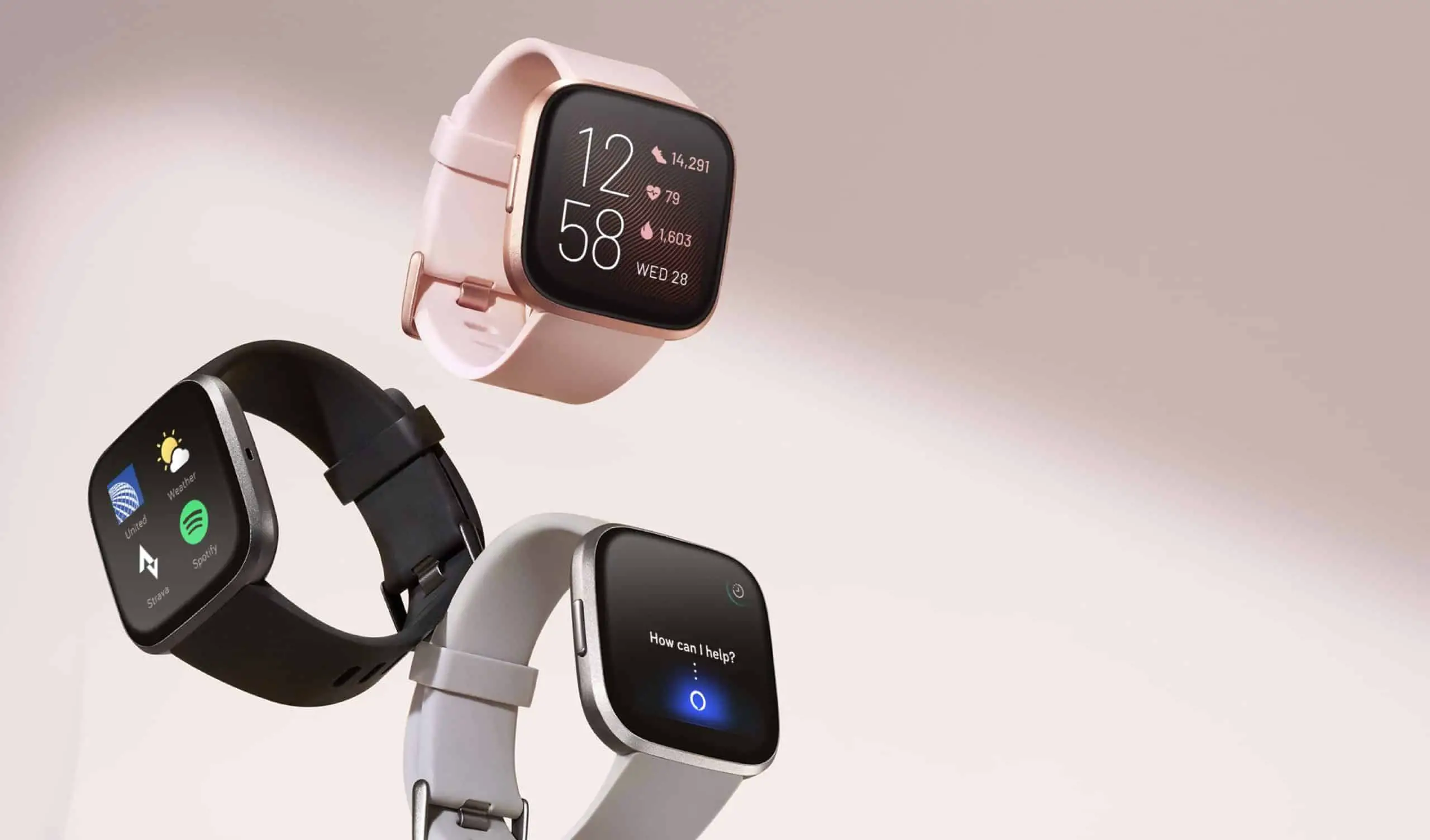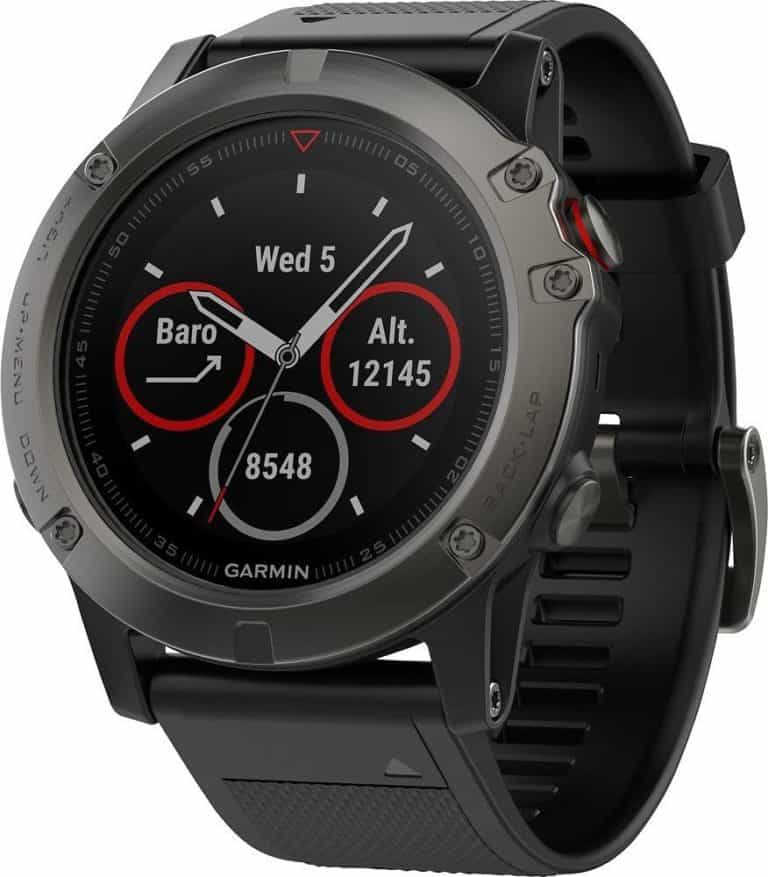Are you having trouble exporting heart rate data from Garmin Connect? You’re not alone. Many people find it difficult to export their heart rate data from Garmin Connect. It can be frustrating when you’re trying to track your fitness progress or share your data with your doctor or personal trainer.
As someone who works for a website that reviews thousands of wearable products, I’ve come across this issue many times. I think it’s important for people to be able to easily access and share their health data, especially when it comes to heart rate information. In my opinion, Garmin Connect is a great platform for tracking fitness progress, but it can be confusing when it comes to exporting data.
In this article, I will provide a solution to the problem of exporting heart rate data from Garmin Connect. Whether you’re trying to share your data with your doctor or simply want to keep track of your fitness progress, you’ll find the information you need in this article. So, let’s get started!
How to Export Heart Rate Data from Garmin Connect?
Introduction
Garmin Connect is a popular platform for tracking fitness and health data. It offers a range of features that help users monitor their heart rate, calories burned, and other vital statistics. However, some users may find it challenging to export their heart rate data from Garmin Connect. In this article, we will show you how to export heart rate data from Garmin Connect in a few easy steps.
Step 1: Log in to Garmin Connect
To export your heart rate data from Garmin Connect, you must first log in to your account. If you do not have an account, you can create one for free on the Garmin website.
Step 2: Navigate to the Heart Rate Data
Once you have logged in to your account, navigate to the “Heart Rate” section of Garmin Connect. You can find this section by clicking on the “Menu” button on the top left corner of the screen and selecting “Heart Rate” from the dropdown menu.
Step 3: Select the Date Range
After navigating to the “Heart Rate” section, select the date range for which you want to export the heart rate data. You can do this by clicking on the “Calendar” icon on the top right corner of the screen and selecting the desired date range.
Step 4: Click on the Export Button
Once you have selected the date range, click on the “Export” button on the top right corner of the screen. This will open a new window where you can choose the format in which you want to export the heart rate data.
Step 5: Choose the Format
In the new window, you can choose the format in which you want to export the heart rate data. You can choose from CSV, TCX, and FIT formats. CSV is a standard format that can be opened in Excel. TCX and FIT are formats that are specific to Garmin devices.
Step 6: Save the File
Once you have selected the format, click on the “Save” button to save the heart rate data file to your computer. You can then open the file in the desired software or device.
Conclusion
Exporting heart rate data from Garmin Connect is a simple process that can be done in a few easy steps. By following the steps outlined in this article, you can export your heart rate data and use it for further analysis or tracking. Whether you are an athlete or a fitness enthusiast, exporting your heart rate data can help you achieve your fitness goals.
FAQs
How can I export my heart rate data from Garmin Connect?
To export your heart rate data from Garmin Connect, follow these steps:
- Log in to your Garmin Connect account.
- Click on the “Activities” tab in the top menu.
- Select the activity for which you want to export heart rate data.
- Click on the “Gear” icon in the top right corner of the activity page.
- Select “Export Original” from the drop-down menu.
- Choose the file format in which you want to export the data (e.g. CSV, FIT, GPX).
- Click “Export” to download the file.
What heart rate data can I export from Garmin Connect?
You can export the following heart rate data from Garmin Connect:
- Heart rate
- Heart rate zones
- Heart rate variability
- Resting heart rate
What file formats are available for exporting heart rate data from Garmin Connect?
You can export your heart rate data from Garmin Connect in the following file formats:
- CSV
- TCX
- GPX
- FIT
Can I export heart rate data from Garmin Connect using the mobile app?
Yes, you can export your heart rate data from Garmin Connect using the mobile app. Follow these steps:
- Open the Garmin Connect app and log in to your account.
- Tap on the “More” tab in the bottom right corner of the screen.
- Select “Activities” from the list of options.
- Select the activity for which you want to export heart rate data.
- Tap the “Share” icon in the top right corner of the screen.
- Select “Export Original” from the list of options.
- Choose the file format in which you want to export the data (e.g. CSV, FIT, GPX).
- Tap “Export” to download the file.
What can I do with my heart rate data once I’ve exported it from Garmin Connect?
Once you’ve exported your heart rate data from Garmin Connect, you can use it for a variety of purposes, such as:
- Tracking your progress over time
- Comparing your heart rate data to other metrics (e.g. distance, speed)
- Sharing your data with a coach or trainer
- Importing your data into other fitness apps or platforms

